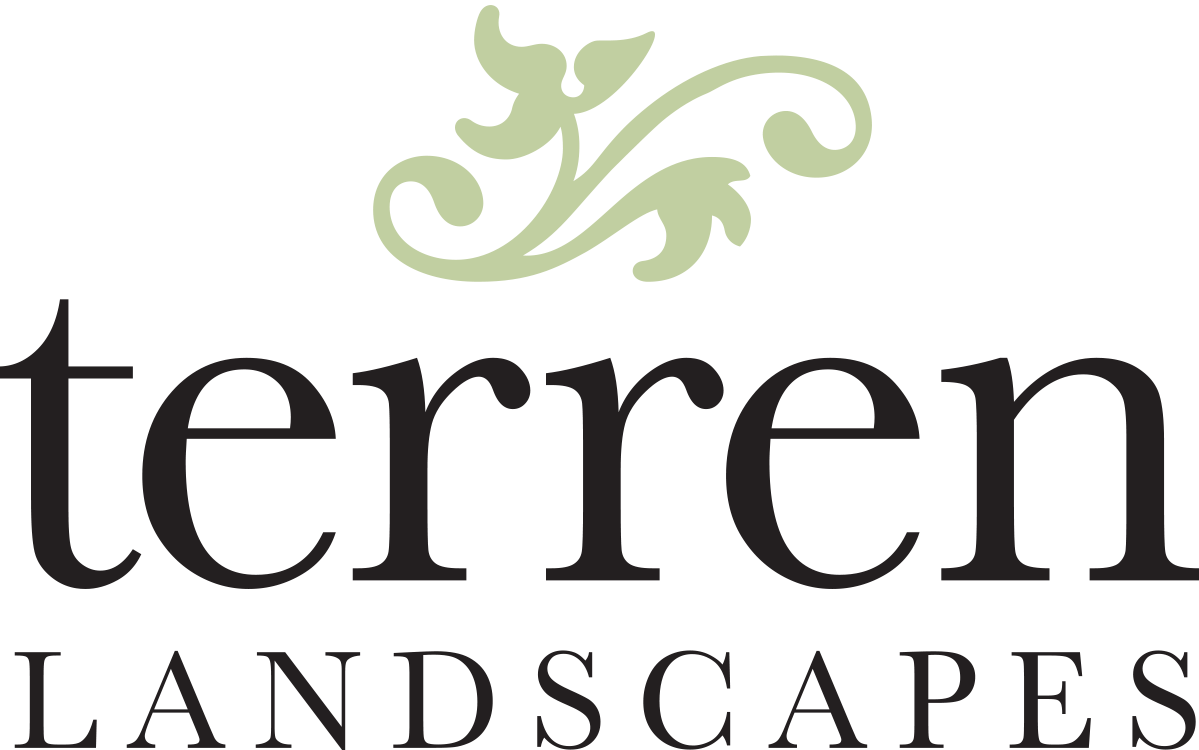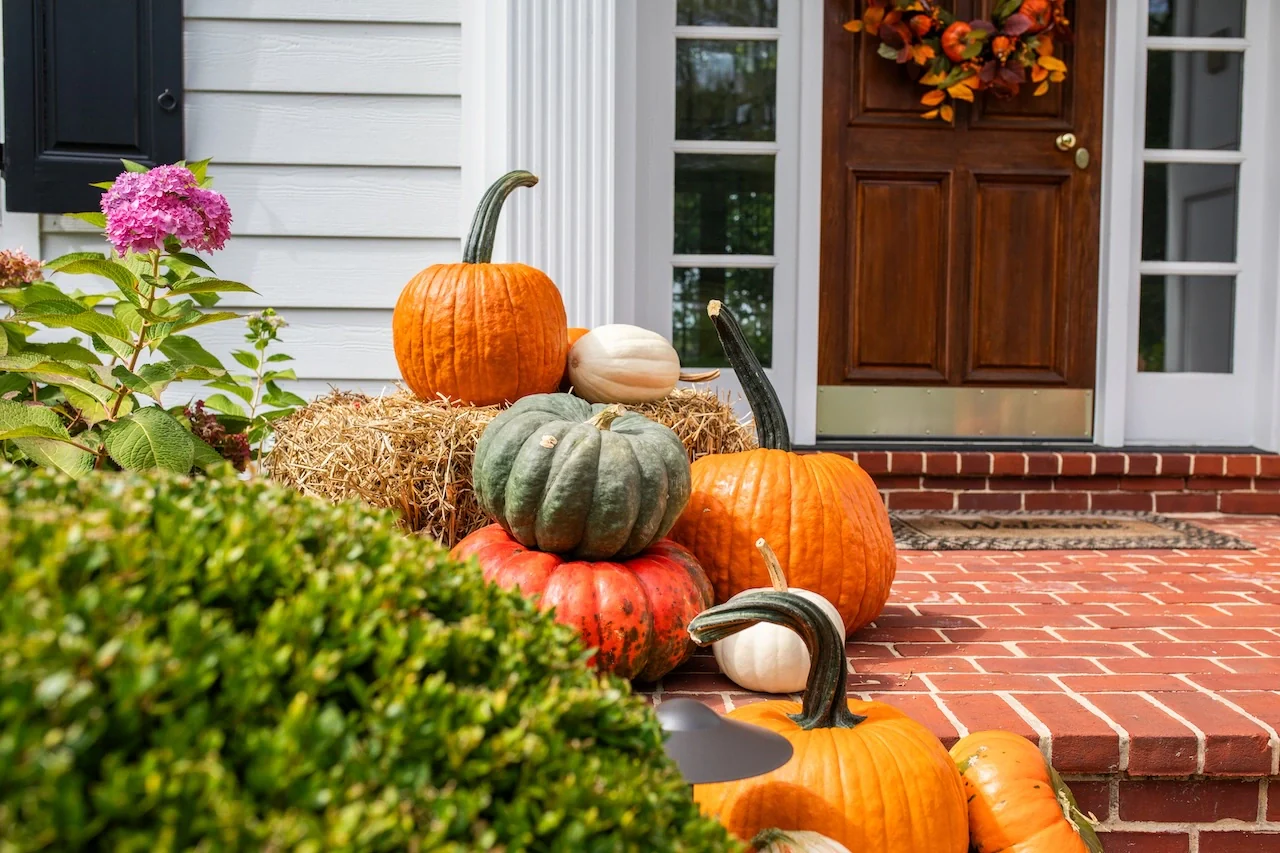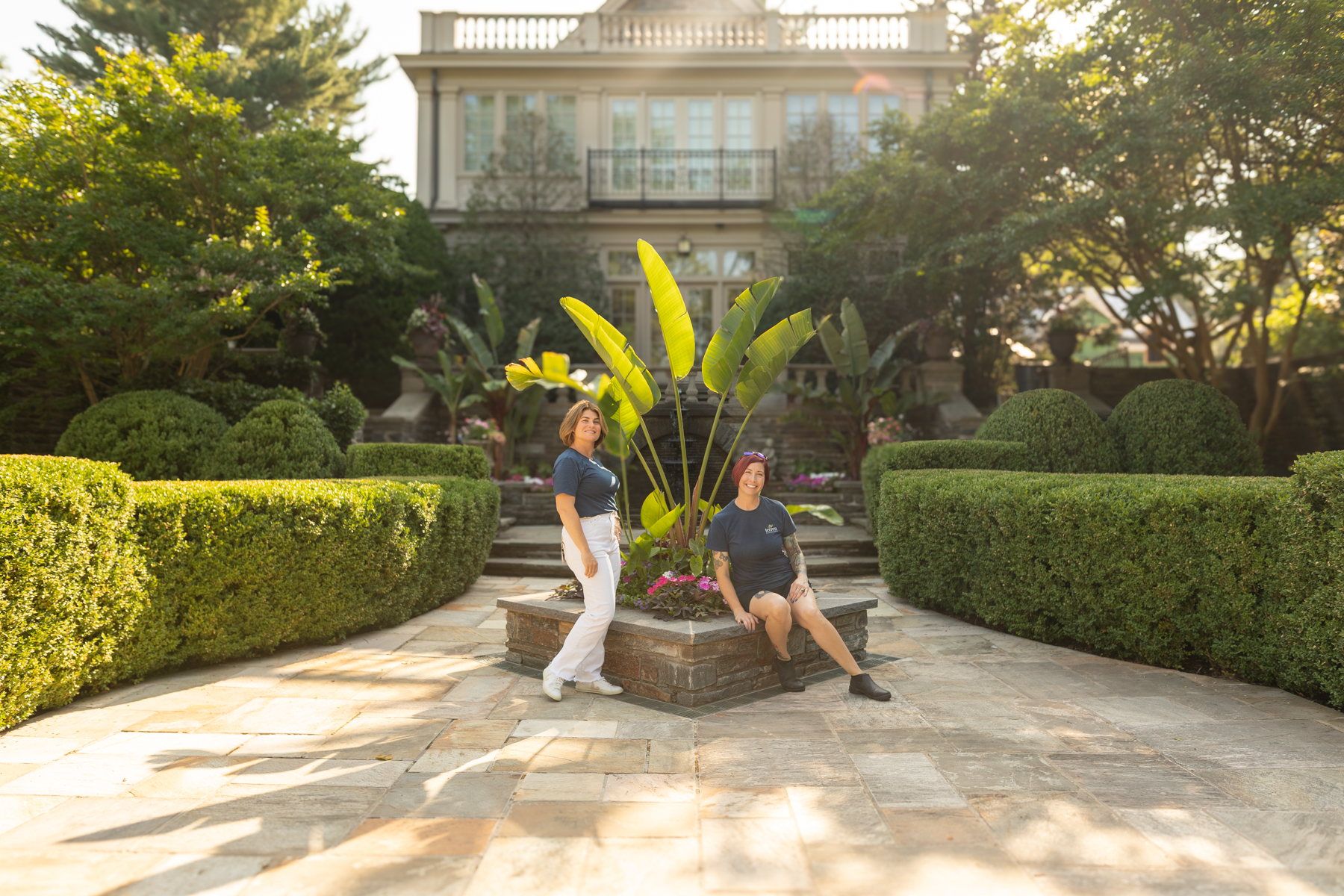This time of year naturally lends us some unique plantings and materials to work with; cabbage and kale with its distinct foliage structure, corn stalks for height and natural texture, and gourds give a sculptural touch. As fall displays continue to be top of mind, we’ll explore these distinct elements that transform the look of our front doorways and landscapes.

Kale & Cabbage
Genetically speaking, ornamental cabbage and ornamental kale are the same. They belong to the species Brassica oleracea and are from the same family as edible cabbage, broccoli and cauliflower. In horticultural design, we do tend to differentiate between the two by considering their structure; kale develops a tight rosette that features curly-fringed or lacy leaves, where cabbage forms in a large rosette of flat leaves with a more soft, ruffle-like fringe.

Coral Queen Kale

Emperor White Kale

Coral Prince Kale

Peacock Red Kale

Dynasty White Cabbage

Dynasty Red Cabbage

Pigeon Purple Cabbage

Green Cabbage
Pumpkins & Gourds
Did you know that the term “pumpkin” has no botanical meaning? Pumpkins are technically considered squash and together with gourds are part of the Cucurbita family along with 700 other species. All plant science aside, there’s simply no denying the pumpkin it’s place in the fall scene. They come in a variety of shapes, sizes, colors and textures and when paired up with the rest of it’s family members, create a sculptural element in the fall display. We love to put them in planters, pair them with ornamental peppers, and even paint or embellish them. The design possibilities are endless!

Placed in a Planter

Cascading Display

Painted & Embellished
Cornstalks, Straw & Millet
We couldn’t speak to the ornamentation of this season without talking about cornstalks, straw and millet grass. They accessorize the fall display and are quite versatile in their design application.

Cornstalks add Vertical Interest

Straw Bales Create Dimension

Purple Majesty Millet in a Planter




